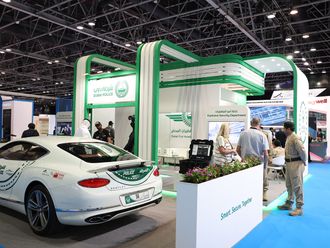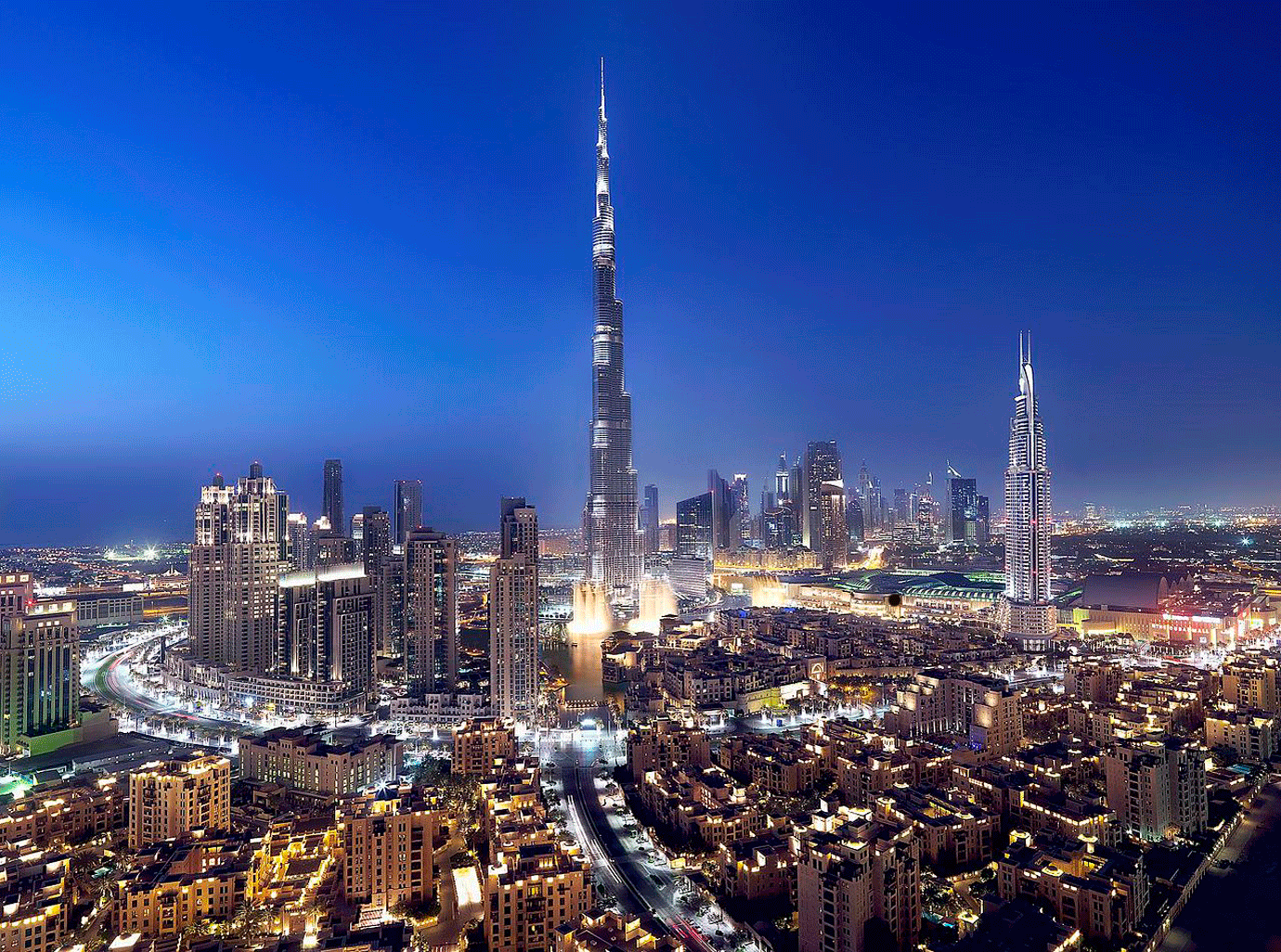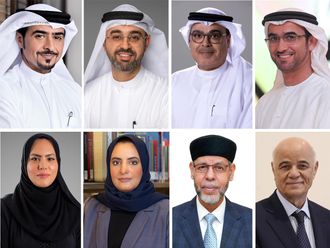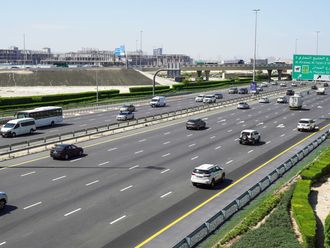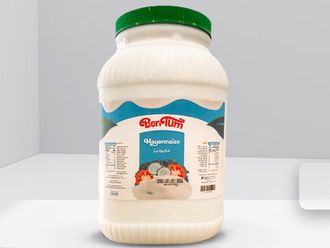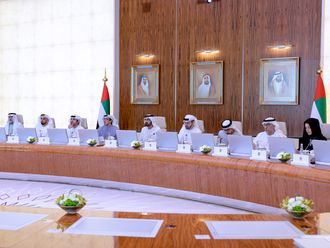The kandoora, traditional Emirati menswear, is giving way to blue jeans, the gotra (men's head covering) is giving way to baseball caps and sneakers are favoured over sandals.
While Emiratis are proud of their national dress, customs and traditions, many young men say they are now switching to blue jeans when visiting urbanised Dubai to fit into the mould and feel more comfortable.
Mohammad Abdullah, 24, a UAE national from Abu Dhabi, said: "In some places in Dubai, I feel awkward wearing the kandoora. It doesn't seem appropriate, that's why I sometimes choose to wear jeans and T-shirt."
This trend seems to be growing, and youngsters are choosing to wear jeans while visiting restaurants, cafés and malls. Nightclubs in Dubai bar kandoora-clad men from entering.
"It doesn't mean that I am not proud of my culture. On the contrary, I am very proud to be Emirati, but in a metropolitan city like Dubai it's sometimes more comfortable to wear trousers. Everywhere else, of course, I definitely stick to my national dress," said Mohammad.
Some Emiratis feel they draw unwanted glances from people who stare at them when they wear a kandoora.
Others feel that people pre-judge them. Sultan Jasem, 21, from Sharjah said: "Yes, when I go to Dubai especially, I tend to wear trousers and a shirt, I feel I can blend in with the rest. Sometimes I go to places in my kandoora and I draw a lot of stares for some reason. I feel judged.
"Although I mainly wear the kandoora as it is part of our tradition, sometimes wearing normal clothes is more practical in certain areas of Dubai when I like to feel the city life."
Many others, however, do not feel the need to wear Western attire. Abdullah A., 28, from Ras Al Khaimah, said: "I never wear anything else but a kandoora. It's my culture and it's who I am. We are used to it.
Traditional Wear
- The kandoora (also known as the dishdasha) is the traditional dress in the Gulf and most Arab countries
- It has existed in the Arabian Peninsula for centuries
- It is usually made of cotton
- Each kandoora has slight differences according to the country, either in the collar or sleeves. The Emirati kandoora has no collar; the Saudi dishdasha has a rigid, pointed collar and cuffs
- Coloured kandooras made from wool or heavy cotton are usually worn in winter and range from brown, black and grey to yellow, pistachio and maroon.
- The gotra, a head cloth draped on the head (known as a shemagh in Saudi), is usually secured by an aghal (rope) for more formal occasions
- Younger age groups often wrap the gotra around the head, desert-style



